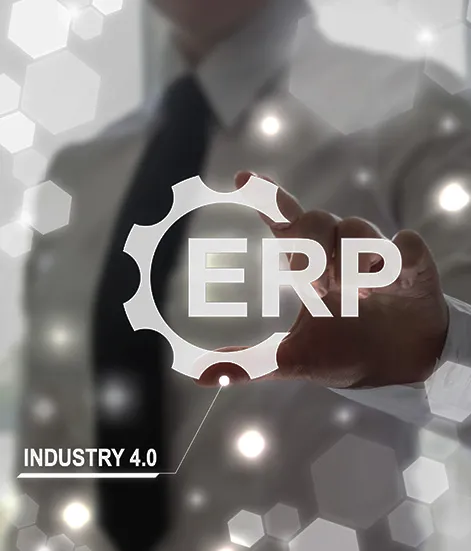As anyone who has ever built a house understands, a blueprint offers you the best chance of successfully achieving your goals. In the business world, a blueprint can be a similarly effective tool. A business process blueprint helps you and your colleagues to understand what the journey will look like and offers you an approximation of how long the voyage will take.
Best practice process suites can drive implementation, and help maximize your solution investment. The process suites can be easily managed and tailored to your organization and will accelerate your implementation, minimize risk, increase user adoption and ultimately result in an improved return on investment. However, the value extends beyond implementation by ensuring processes are continually performed in the most effective, efficient way.
Ten Steps to Building a Business Process Blueprint
1. Develop a Process Inventory—The first step is making an inventory of all your processes. While it may seem facile to take this step (maybe you think you know all the processes already), the assembly of a visual list helps you to begin thinking about process prioritization.
2. Establish the Foundation—Step two helps you to develop the scope. In the same way that you would develop a plan before beginning a home improvement project, a business process blueprint needs boundaries to be established. The scope definition document establishes process boundaries (where a process begins and ends) and provides basic information about a given process.
3. Draw the Blueprint—Creating the blueprint involves understanding where the handoffs between departments occur. The step has you apply the information from the preceding step by illustrating what department or individual is responsible for what part of the process from beginning to end.
4. Estimate Time and Cost—Before setting goals for process improvement, it is crucial to have a baseline measurement. How long do processes take and cost your organization right now? This step defines the parameters that will be used to set improvement targets.
5. Verify the Process Blueprint—At this point, it is valuable to get feedback from the appropriate colleagues to make sure that your newly created blueprint reflects reality. This step also helps to establish stakeholder support.
6. Apply Improvement Techniques—Establish an organized approach to improving business processes by using methods such as: eliminating bureaucracy, evaluating value-added activities, eliminating redundancy, simplifying process reports and forms, reducing cycle time, and applying automation. By carefully applying such improvement techniques to each process, you will ensure that all of your processes deliver business value.
7. Create Internal Controls and Metrics—The next step is designed to help you track your progress. Establishing internal controls helps create tools to increase the effectiveness, efficiency, and adaptability of the business process. Business processes, like many other things, are subject to human error, which is why it is critical to establish internal metrics and automate the process as much as possible.
8. Do a Trial Run—In the same way that a 30-day free trial is designed to give you a taste without requiring a larger investment, establishing a trial run for your newly designed business processes will help resolve bugs and ensure that the resulting process meets your needs before you overthrow the previous way of operating.
9. Implement the Change—At this stage, the newly designed processes are rolled out. This step requires you to communicate the right information to the right people. Without this step, the new process is almost guaranteed to fail.
10. Drive Continuous Improvement—This is the maintenance phase. Hopefully the new processes have been successfully implemented. The last phase is about establishing a new mindset that considers business process improvement to be an ongoing phenomenon that requires continual evaluation to ensure continued effectiveness and efficiency for the organization.
Accelerate Your ERP Implementation with Mavim
Mavim, in partnership with UXC Eclipse and Infor, offers preconfigured Business Process Blueprints to accelerate the blueprinting phase of an ERP implementation. The existing process models can be easily enriched to map relevant business processes and then translated into software functionality. In addition, ERP implementation teams can run a fit/gap analysis to understand the impact and implications of making changes to their solution landscape.
After enriching your preconfigured Business Process Blueprint, you can leverage on the additional capabilities of the Mavim software by publishing to your intranet or Sharepoint portal to ensure that the most up-to-date information is given to the implementation team. What is more, stakeholders will be able to monitor progress and verify changes made to the existing processes in the familiar Microsoft Office environment.
- One central repository within which to store and edit relevant documentation
- One common language to communicate standards between business and IT
- Effective translation of business requirements to software functionality
- Reduction of cost and duration of ERP implementation
- Process-driven test and training material


